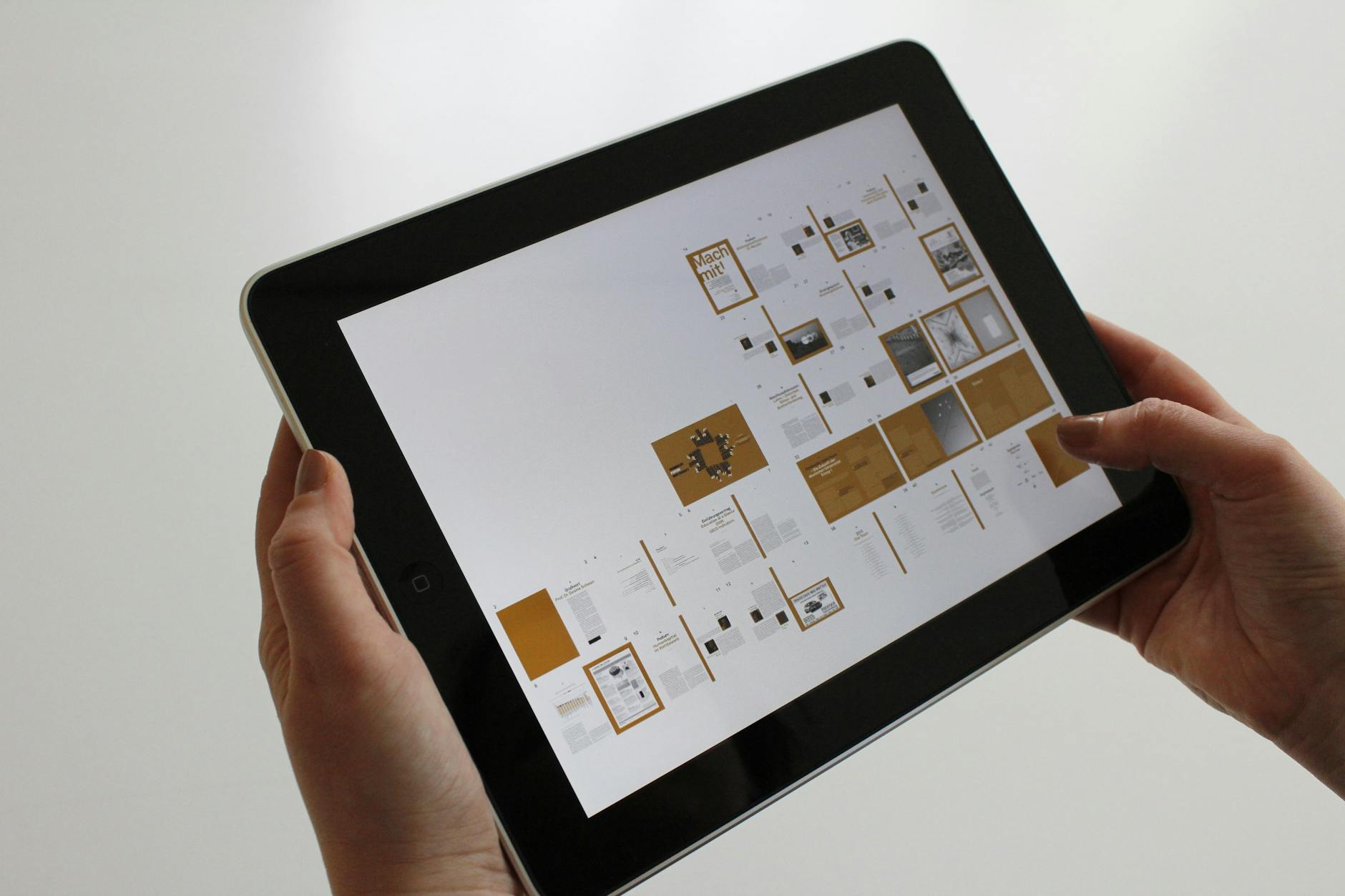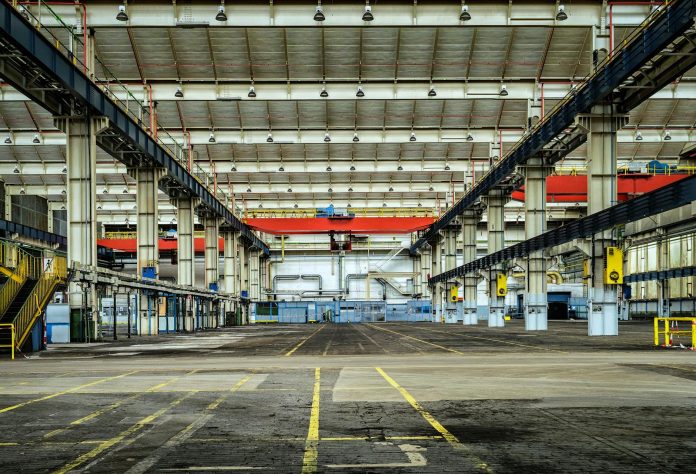Digital waste might be invisible, but its impact isn’t. As more people rely on digital tools to work, store information and communicate, data builds up behind the scenes. Large amounts of stored files contribute to the energy demands of data centres, which require power to operate and cool servers. This energy use connects directly to carbon emissions.
Cutting back on what’s stored digitally has a positive environmental impact. It also helps with productivity and clarity in day-to-day tasks. A tidy digital space can improve focus, speed up systems and reduce the risk of losing important files. The steps to achieve this are straightforward and manageable for individuals and teams alike.
Why Digital Clutter Matters
Every file saved, especially on cloud platforms, contributes to energy consumption. Data centres power the internet and store your emails, documents and images. These facilities run around the clock, using significant electricity for both storage and cooling systems.
Unnecessary files increase the storage load. Multiple copies of the same document, outdated backups, and forgotten folders all add to the digital pile. Each extra gigabyte requires space, hardware and power to maintain.
Cleaning up old files helps reduce the pressure on these systems. Less storage means fewer servers working harder to keep data alive. Fewer servers means less electricity is needed, lowering emissions over time. With billions of files uploaded daily, small personal changes scale up quickly.
Simple Habits That Keep Your Storage Lean

Regular clean-ups help prevent file overload. Set reminders to delete outdated downloads, duplicates and archived material. Sorting folders by date or size makes it easier to identify what’s worth keeping.
Renaming files clearly avoids confusion and reduces the chances of saving the same thing twice. Creating logical folder structures for work, personal use and projects keeps everything accessible without the need for repeated backups or endless cloud syncing.
Storage location matters as well. Files stored locally on your computer or external drive don’t use energy beyond your device. Relying heavily on cloud storage means your files live on remote servers that demand constant power. Striking a balance between local and online storage is key.
Managing PDFs and Common File Types Efficiently
Large files are common causes of digital bloat. PDFs are widely used, but they often contain embedded fonts, images or design elements that inflate their size. Reducing unnecessary design features, converting high-resolution images and deleting excess pages can all reduce file size without affecting usability.
One effective way to reduce PDF file size is by using tools designed to compress documents without compromising on quality. Online platforms offer quick results, with no need to install software.
File type choices matter too. Switching from image-heavy formats like TIFFs to more efficient ones like JPEG or WebP saves space. For documents, using lightweight formats such as TXT or DOCX over PDF for drafts or internal notes can make a difference over time.
Cloud Storage: Efficiency vs. Excess
Cloud storage simplifies access but comes with its own set of challenges. Automatic syncing between devices can create duplicate versions of the same file across platforms. As these copies build up, storage limits are reached faster, prompting users to purchase more space.
Large media libraries, repeated backups, and unchecked sharing links all contribute to unnecessary use of cloud space. Turning off auto-sync for non-essential folders and choosing manual backups can help take back control.
Check your cloud account settings. Most platforms allow file previews, sorting by size and file history viewing. These features make it easier to spot and remove oversized files, reclaim space and reduce your energy footprint.
Organisation Tools That Support Green Goals

File management software makes it easier to control clutter. Tools that highlight duplicate files, show space usage visually and recommend items for deletion can significantly speed up the decluttering process.
Look for software that aligns with sustainable tech practices. Some developers prioritise energy efficiency, and a few tools even run on green-hosted servers. Choosing lightweight programs that avoid heavy background processing keeps your device cooler and reduces its energy use.
Simple solutions often work best. Even basic operating system tools can help with sorting and deleting unused files. What matters is building a routine that encourages awareness of what is stored, where and why.
Email and Attachment Overload
Email is a major source of hidden digital clutter. Thousands of unread messages, attachments and newsletters sit in inboxes for years. Over time, these messages take up server space and contribute to ongoing data storage.
Set filters to automatically sort or delete promotional emails and newsletters. Empty the spam and trash folders weekly. Delete old sent messages that no longer serve a purpose.
Attachments deserve special attention. Saving files to your device and removing the email version reduces redundancy. If you already store documents on a cloud platform, there’s no need to keep the same file attached to multiple emails.
Conscious Sharing and Collaboration

Sharing files doesn’t have to mean uploading the same document to multiple locations. Using links to cloud-hosted versions avoids making duplicate copies that consume more storage.
Collaborative platforms often store version histories and autosaves, which can multiply file sizes quickly. Limit the number of people editing a document at the same time, and review versions regularly to delete what’s no longer needed.
Before sending large files, consider compressing them or combining them into a single PDF. Sharing methods that favour smaller file sizes, such as sending a zipped folder instead of several separate attachments, also make a difference.
Make a Lasting Impact Through Digital Habits
Taking control of your digital habits helps lower your environmental footprint. Removing unused files, shrinking large ones, and staying organised all contribute to a cleaner, leaner workspace. These changes improve personal workflow while also easing pressure on global data systems.
Digital decluttering doesn’t need to happen all at once. Start with one folder, one inbox, or one platform. Build habits around regular maintenance and efficient storage. Over time, you’ll notice the benefits—faster access to files, fewer distractions and less strain on your storage systems.
Improving the way you manage digital files is a small step that leads to meaningful results. Try it this week and see what changes you can make.








